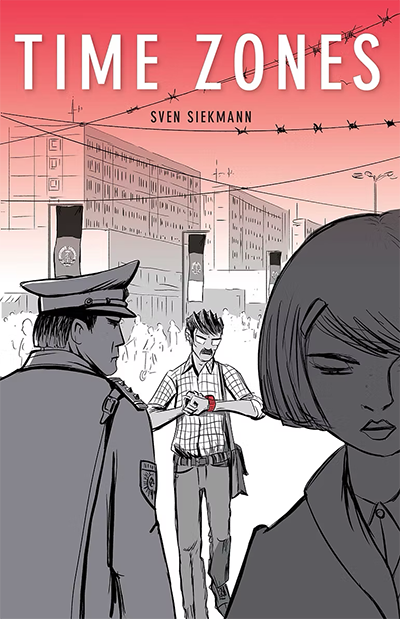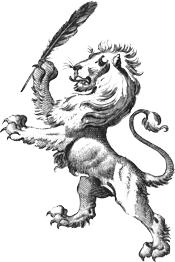 Time Zones
Time Zones
Sven Siekmann's suspenseful graphic novel Time Zones dramatizes his family's attempted escape from East Germany in 1978, his parents' capture and imprisonment, and their reunion several years later in West Germany.
Wolfgang and Uschi, parents to young Andre and Sven-Holger, are frustrated by the Communist regime's commodity shortages, limited job opportunities, and propaganda in their sons' elementary school textbooks. The last straw is a Kafkaesque episode in which Wolfgang accidentally urinates on government agents hidden in the grass during a mushroom-hunting hike and is interrogated as a potential enemy of the state. They plan a daring escape in a hot-air balloon that Wolfgang and his co-worker design and build in secret over several months.
However, they're betrayed by the other couple, who are afraid of the consequences of their high-risk defection attempt. Sven's parents are jailed and the kids are sent to separate foster homes and institutions. With help from kind strangers and an apparent loosening of East-West relations, the family is finally able to start a new life in West Berlin.
Siekmann's minimalist, jittery black-and-white drawings express the drabness and anxiety of life behind the Iron Curtain. My favorite thing about this book was the cinematic scene transitions. Successive close-ups of an owl's eye morph into an abstract circular image. When the "camera" pulls back, the circle is the center of an old-fashioned tape reel operated by a Stasi (secret police) surveillance unit. The next two-page spread is a stark white circle against a black background, like an interrogation flashbulb hanging over a suspect. This film noir sequence deftly communicates that nothing is what it seems under this paranoid regime, and that unseen predators are everywhere.
Another effective sequence pans out from a defector's failed undersea escape, with a broken-off snorkel floating among the fish, to a government bureaucrat scrutinizing his office fishtank. The protagonist's father, as trapped as the pet guppies, is being forced by the bureaucrat to sign a document that will be used against him. Moments like these take full advantage of the graphic genre's visual storytelling language, making Time Zones a movie on paper rather than merely an illustrated book.
Other visual aspects were less successful for me. The lack of page numbers was irritating in such a long work. The faces were drawn in such a minimalist style that I couldn't always differentiate the characters at important junctures, a problem in a narrative with parallel storylines that take some time to intersect. For instance, I'm still not sure whether the brother of the schoolteacher who rescues Sven-Holger is the same man that interrogated Sven's father in the fishtank scene.
I also needed some background on why the East German regime routinely released some political prisoners to the West, after making such concerted efforts to punish defectors. What were the geopoliticial or diplomatic reasons for the program that ultimately brought the family back together? Without such explanation, the final plot development fell slightly flat.
With authoritarianism on the rise domestically and abroad, this inspiring and educational graphic novel reminds us to study history so that we don't repeat it.








